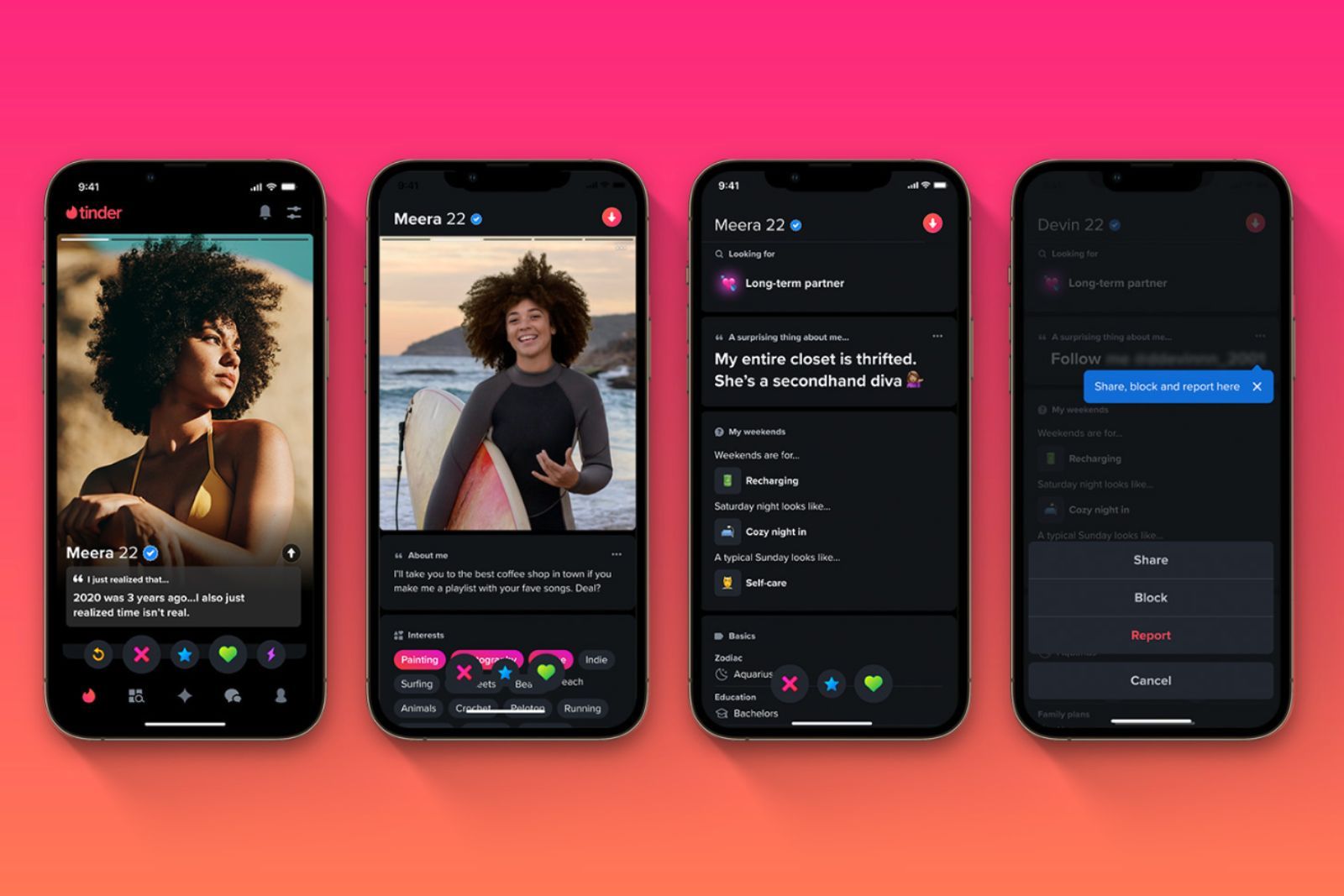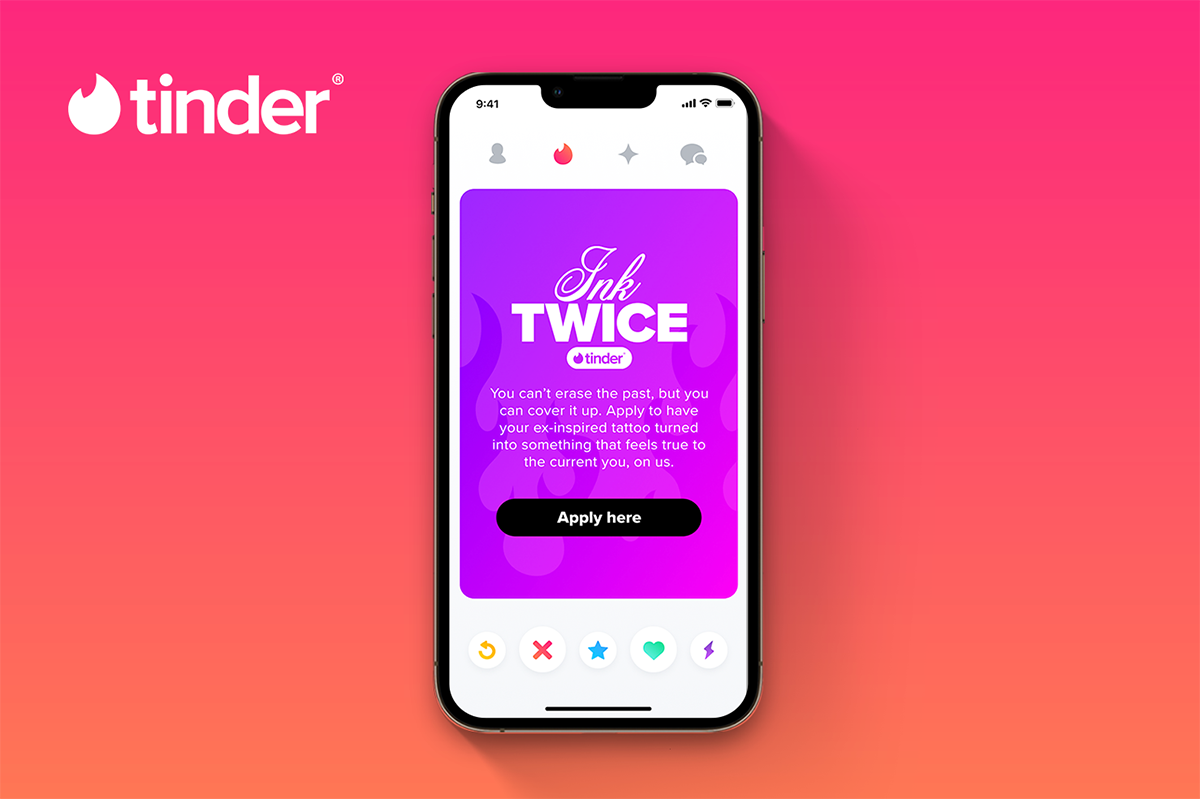The Evolution of Tinder: A Cultural and Technological Phenomenon
Introduction:
In the realm of modern dating, Tinder stands out as a cultural and technological phenomenon. Launched in 2012, it revolutionized the way people meet and connect, popularizing the concept of swiping left or right to indicate interest or disinterest in potential matches. Over the years, Tinder has evolved significantly, reflecting shifts in societal norms, technological advancements, and user preferences. This essay explores the multifaceted evolution of Tinder, delving into its cultural impact, technological innovations, and the challenges it faces as it continues to shape the landscape of contemporary dating.
The Birth of Tinder:
Tinder's origins trace back to Hatch Labs, a startup incubator owned by IAC (InterActiveCorp). Co-founded by Sean Rad, Jonathan Badeen, Justin Mateen, Joe Munoz, Dinesh Moorjani, and Whitney Wolfe Herd, Tinder was initially conceived as a platform for college students to meet and connect with others on their campus. The simplicity of its swipe-based interface and the gamification of dating quickly caught on, appealing to a wide audience beyond its original target demographic.
Cultural Impact:
Tinder's cultural impact has been profound, reshaping societal attitudes toward dating and relationships. It facilitated a shift towards more casual and location-based dating, challenging traditional norms and conventions. The app provided a platform for individuals to explore their preferences and express their identities freely, transcending geographical barriers and social circles. However, it also sparked debates about the commodification of romance, hookup culture, and the implications of superficiality in online interactions.
Technological Innovations:
Tinder's success can be attributed to its continuous innovation and adaptation to user needs. The introduction of features such as Super Likes, Tinder Plus, and Tinder Gold expanded its functionality and revenue streams. Moreover, the integration of AI algorithms for matchmaking and profile recommendations enhanced user experience and engagement. Additionally, Tinder's expansion into video and virtual events amidst the COVID-19 pandemic demonstrated its agility in responding to changing circumstances and leveraging emerging technologies to foster connections in a digital landscape.
Diversity and Inclusion:
Despite its widespread popularity, Tinder has faced criticism for issues related to diversity and inclusion. Concerns about racial bias, gender discrimination, and accessibility have prompted the company to implement measures aimed at promoting inclusivity and equality. Initiatives such as the #AllTypesAllSwipes campaign and the introduction of gender-inclusive options for profiles reflect Tinder's commitment to fostering a more diverse and welcoming community. However, challenges persist, highlighting the complexities of addressing systemic issues within the realm of online dating.
Challenges and Future Directions:
As Tinder continues to evolve, it grapples with various challenges, including competition from rival dating apps, privacy concerns, and maintaining user trust. The rise of niche dating platforms catering to specific interests and demographics poses a threat to Tinder's market dominance, prompting the company to innovate and differentiate its offerings. Moreover, navigating the intricacies of data privacy and security in an era of increasing digital scrutiny requires ongoing vigilance and transparency. Looking ahead, Tinder's future success hinges on its ability to adapt to changing consumer preferences, embrace technological advancements, and foster a safe and inclusive environment for users worldwide.
Tinder has emerged as a cultural and technological force, reshaping the landscape of modern dating in profound ways. From its humble beginnings as a college hookup app to its status as a global phenomenon, Tinder's journey reflects the dynamic interplay between innovation, culture, and societal change. As it navigates the complexities of diversity, privacy, and competition, Tinder remains a testament to the enduring human desire for connection and companionship in an increasingly digital world.
Impact on Traditional Dating:
The rise of Tinder has also had significant implications for traditional forms of dating. With the convenience and accessibility offered by dating apps, many individuals have shifted away from traditional methods of meeting potential partners, such as through mutual friends or social events. This shift has led to changes in social dynamics and etiquette, as well as a reevaluation of the role of technology in facilitating romantic relationships. While some lament the decline of face-to-face interactions and the perceived shallowness of online dating, others embrace the opportunities for connection and exploration afforded by platforms like Tinder.
Social and Psychological Dynamics:
The dynamics of online dating, including those facilitated by Tinder, have been a subject of interest for social scientists and psychologists. Studies have explored various aspects of digital courtship, including self-presentation strategies, communication patterns, and the impact of online interactions on self-esteem and emotional well-being. While some research suggests that online dating can lead to higher levels of satisfaction and compatibility among couples, other studies highlight the prevalence of deception and misrepresentation in online profiles. Understanding these dynamics is crucial for both users and platform developers in fostering positive and fulfilling experiences within the online dating ecosystem.
Ethical Considerations:
As with any technology-driven phenomenon, Tinder raises important ethical considerations related to privacy, consent, and data governance. The collection and use of personal data for targeted advertising and algorithmic matchmaking raise concerns about surveillance and manipulation. Moreover, issues such as catfishing, harassment, and data breaches underscore the need for robust safeguards and ethical guidelines within the online dating industry. Striking a balance between innovation and responsibility is essential for ensuring that platforms like Tinder uphold the trust and confidence of their users while respecting their rights and autonomy.
Globalization and Cultural Adaptation:
Tinder's global expansion has led to cultural adaptation and localization efforts aimed at catering to diverse cultural norms and preferences. From language support to customized features and marketing campaigns, Tinder has sought to create a more inclusive and relevant experience for users worldwide. However, navigating cultural sensitivities and addressing socio-economic disparities present ongoing challenges for global platforms like Tinder. Balancing cultural authenticity with universal appeal requires a nuanced understanding of local contexts and a commitment to dialogue and collaboration with diverse communities.
Conclusion:
In conclusion, Tinder represents more than just a dating app; it embodies the complexities and nuances of modern relationships in the digital age. Its evolution from a disruptive startup to a cultural phenomenon reflects broader shifts in technology, society, and human behavior. As Tinder continues to innovate and adapt, it faces a myriad of opportunities and challenges, from fostering inclusivity and trust to navigating ethical dilemmas and cultural diversity. Ultimately, the story of Tinder is a testament to the enduring quest for connection and companionship in an ever-changing world, reminding us of the timeless human desire for love and belonging.

































